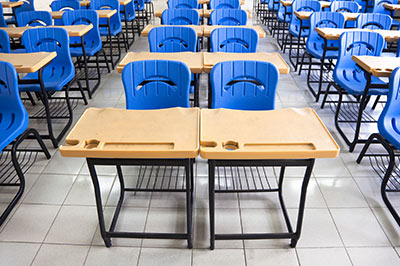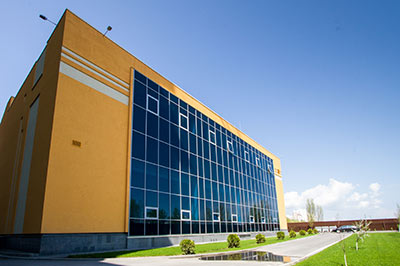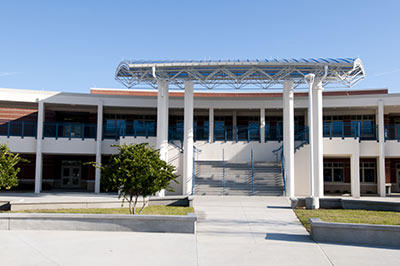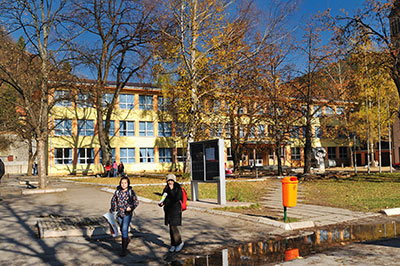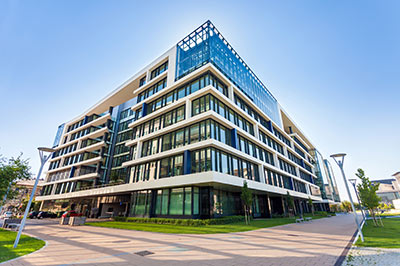Lanham, J., 1999
Across the country, increased accountability for public education has emerged over the last decade as a central theme in both the educational and political arenas. Calls for higher standards of learning, more rigorous testing of the country’s school children, and greater degrees of accountability for both teachers and administrators have been heard from the White House, Congress, governors’ mansions, and state legislatures. In his 1998 State of the Union address, President Bill Clinton expressed his desire to raise standards, expectations, and accountability in the nation’s elementary and secondary schools. At the same time, political leaders and public bodies have also focused on our nation’s crumbling infrastructure, particularly the sorry state of many of the nation’s schools. Members of Congress have requested extensive reports from the General Accounting Office to document the state of the nation’s school facilities.

